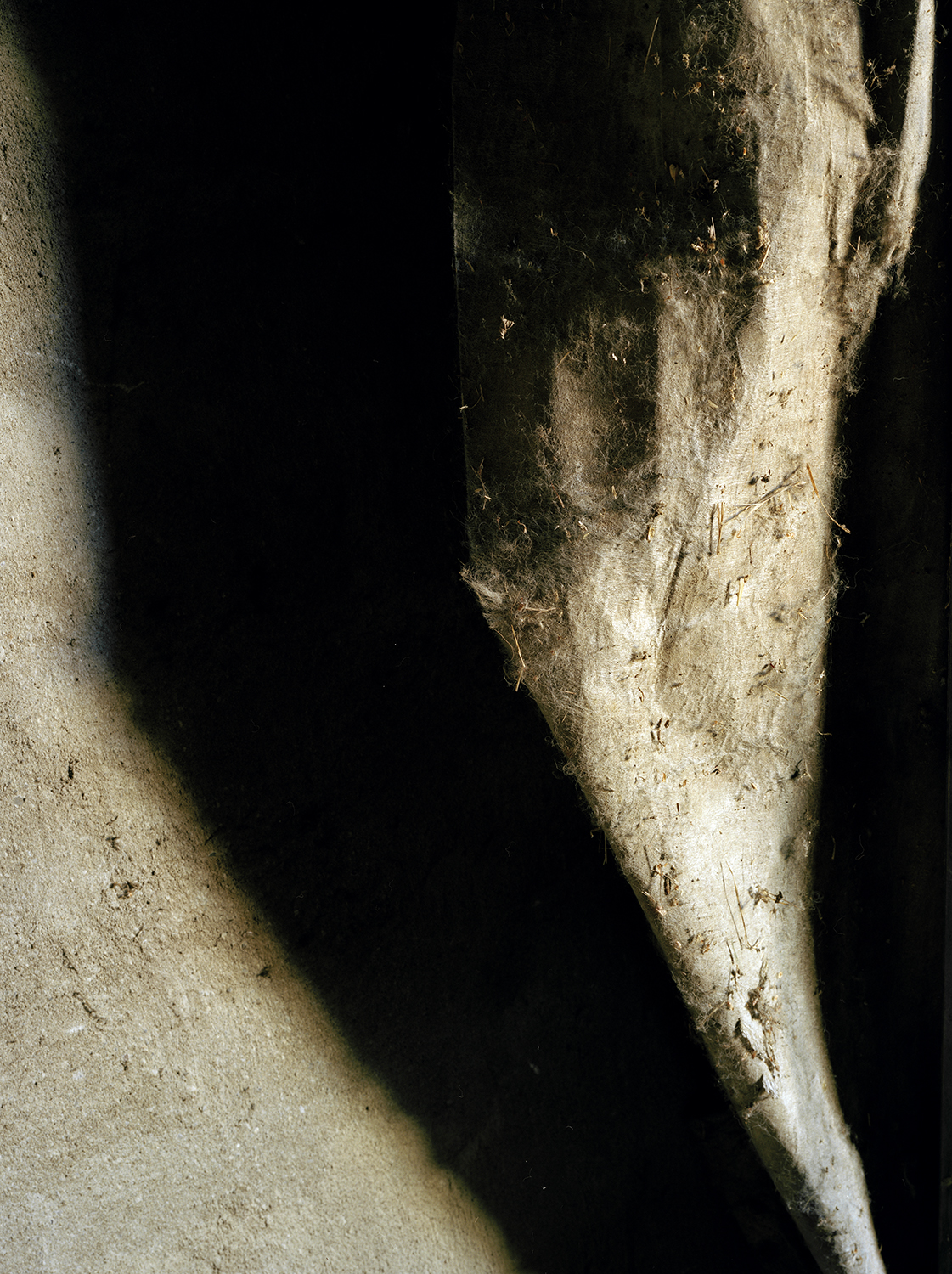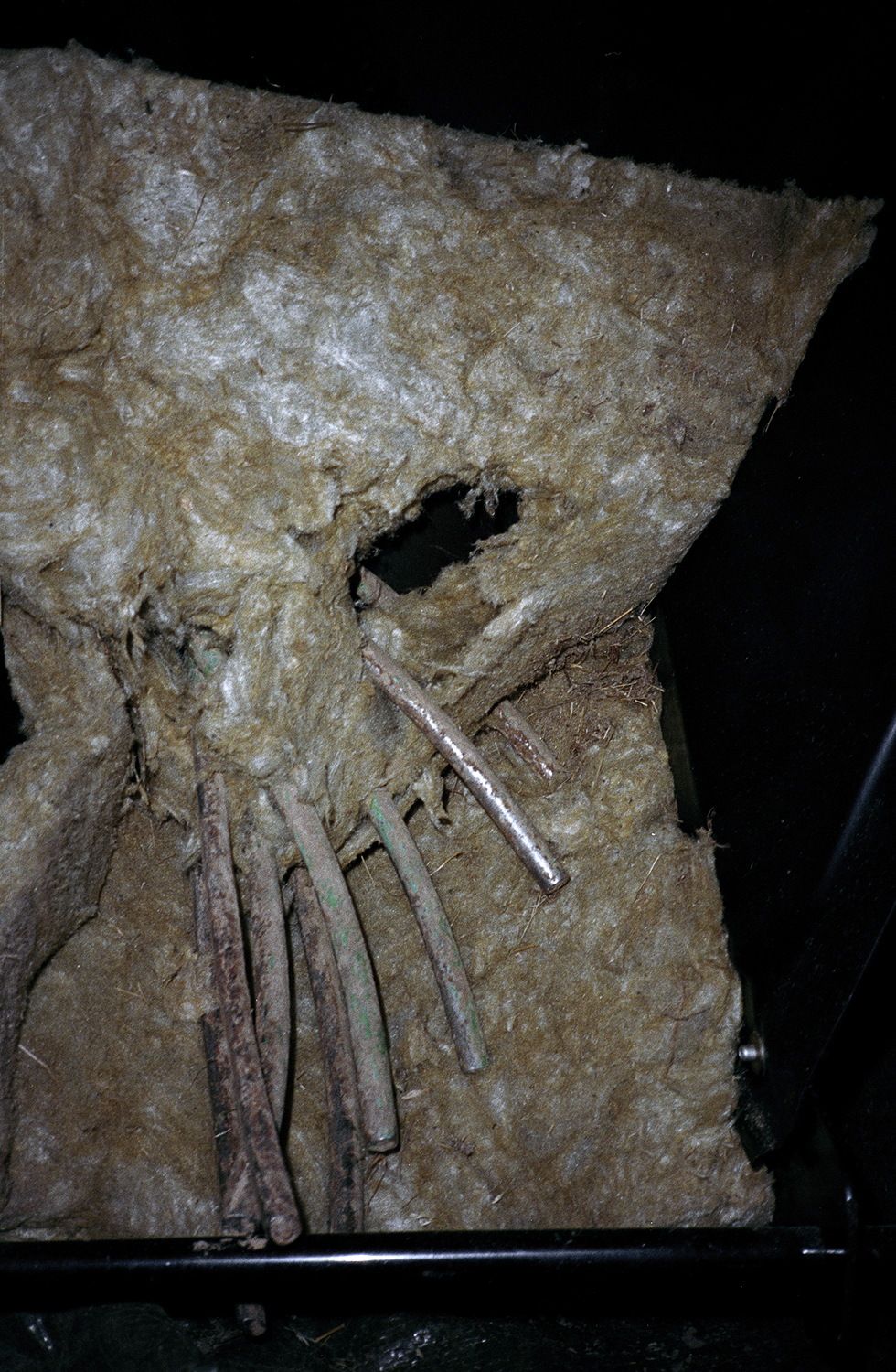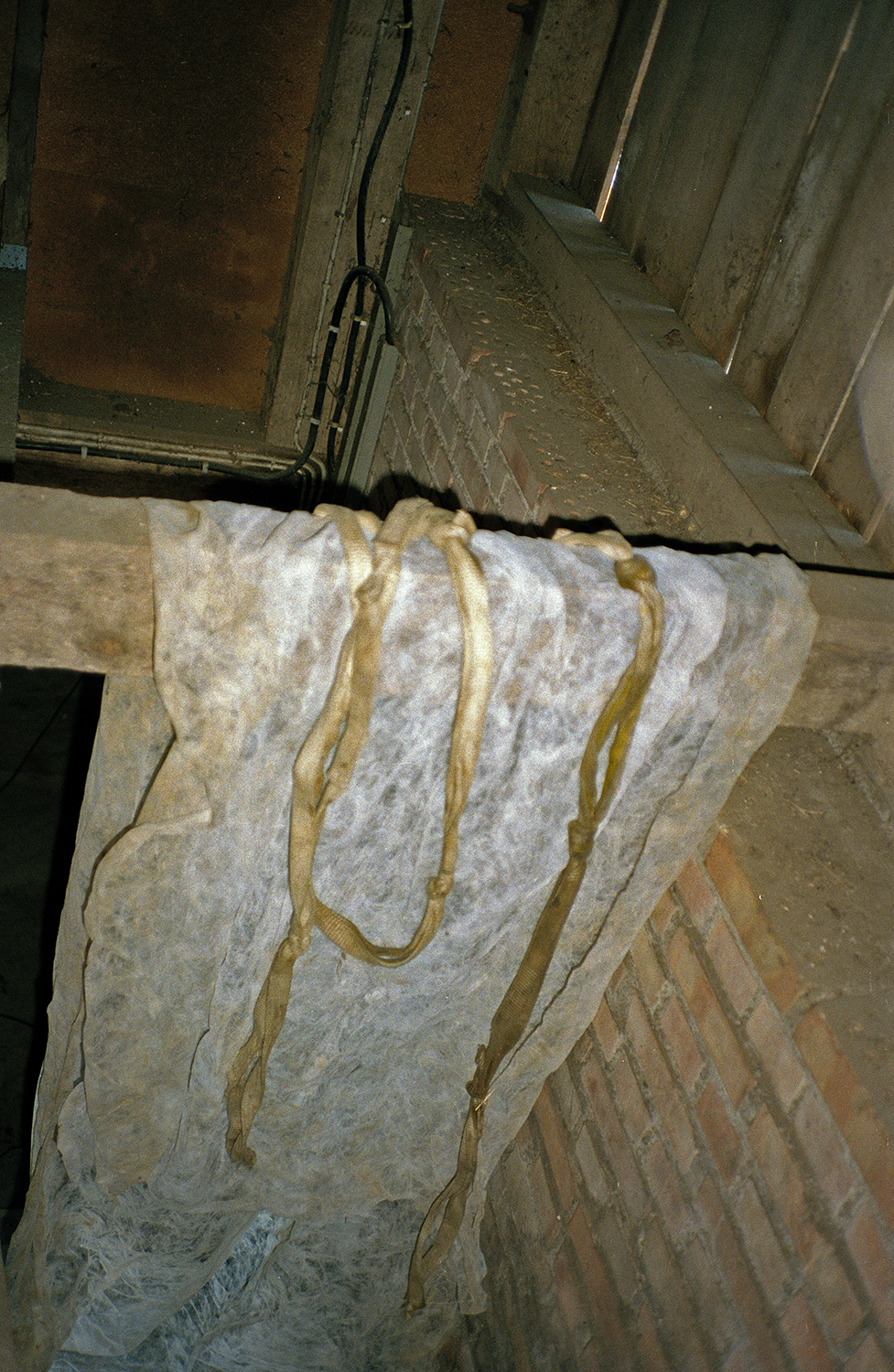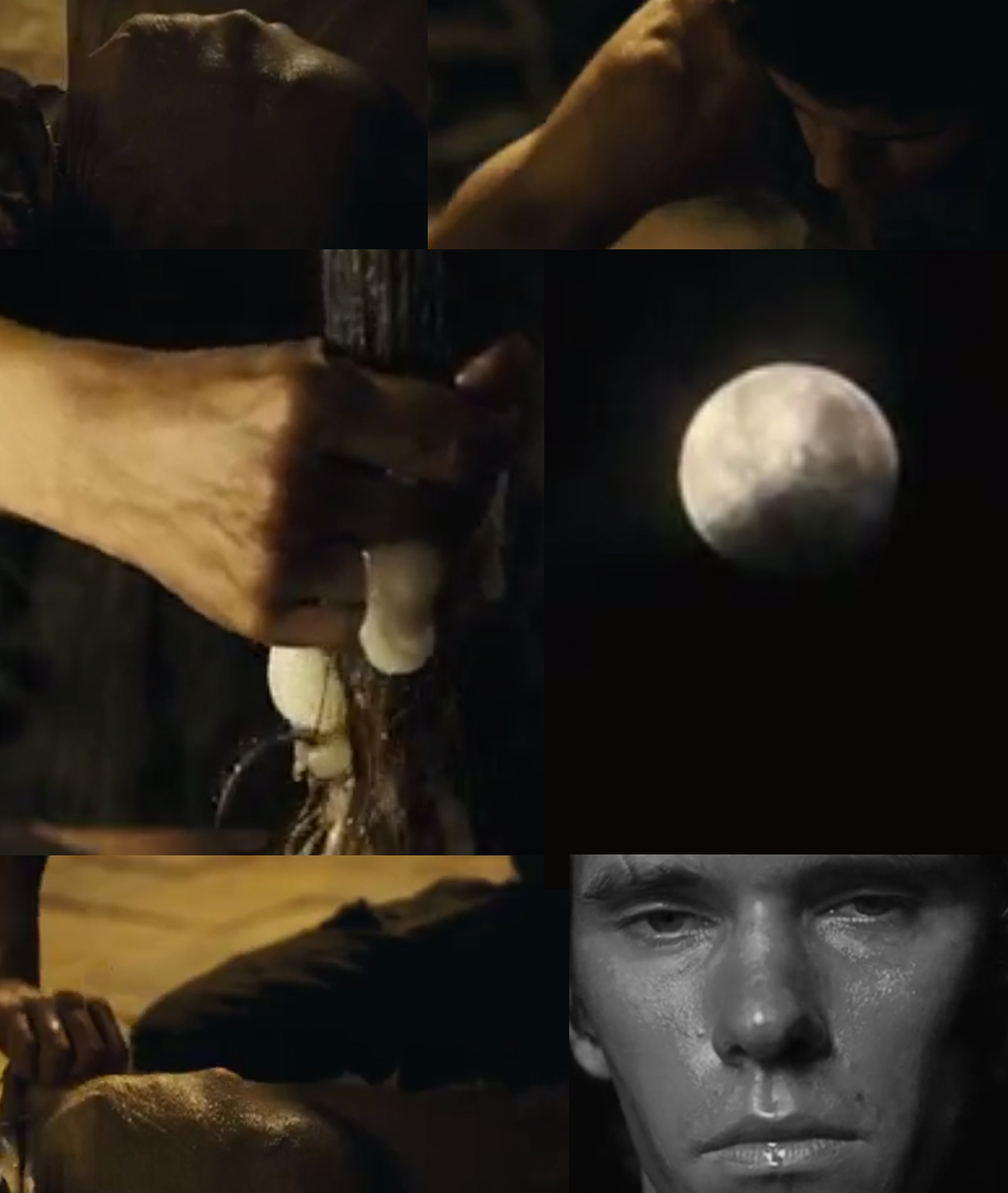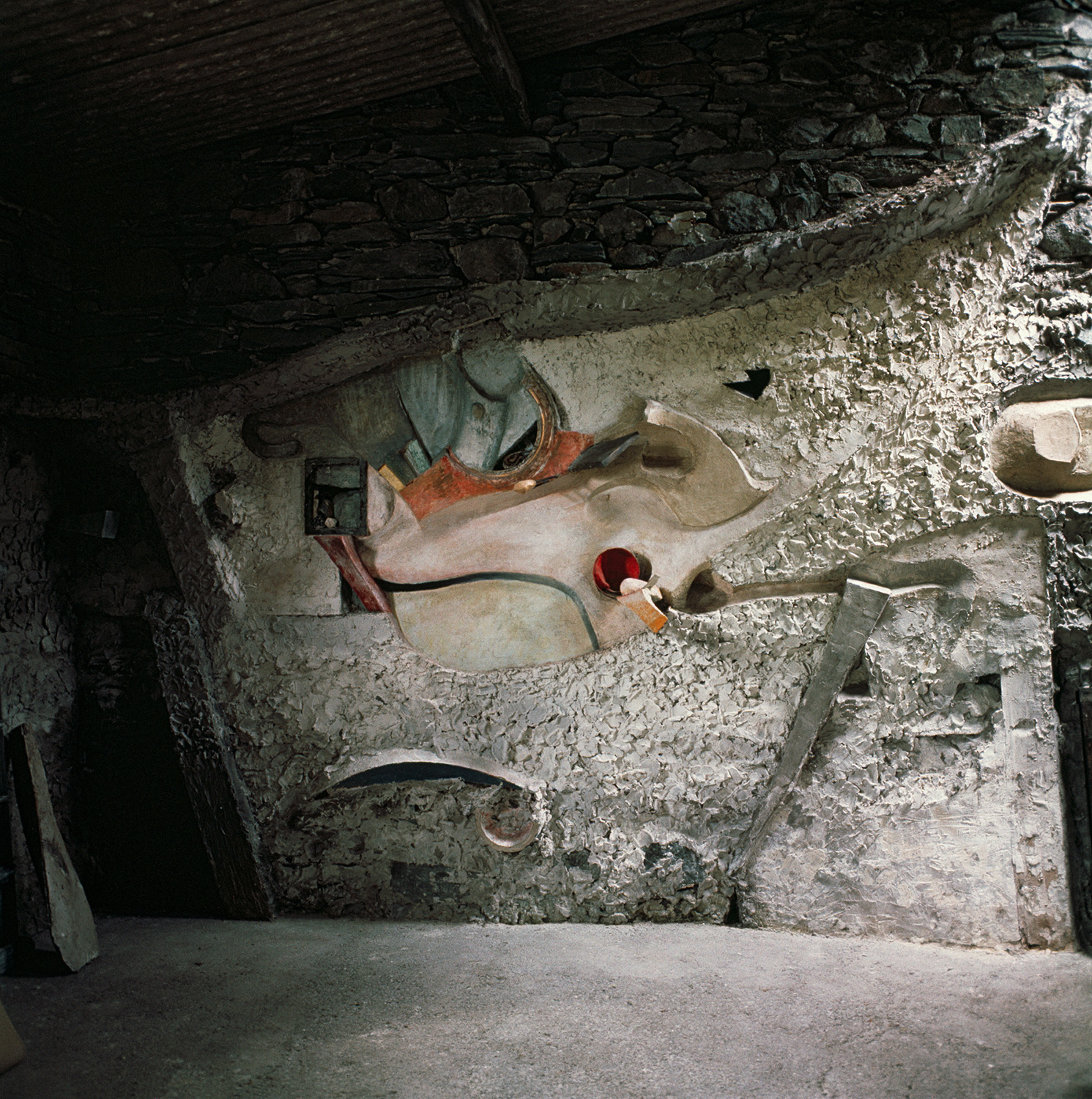Artist Blog
Every week an artist whose single image was published by Der Greif is given a platform in which to blog about contemporary photography.
Stacks of sacks: Piles of flesh
Feb 14, 2017 - Ramona Güntert
Fabrics folding into each other, putting them on top of each other. These folds create shapes, just endless arrangement of form: form forming form. Sacks over sacks. And flesh over flesh. Materials like hessian, felt, dirt, soil or leather are often part of my work. This sense of touch but also rejection is leading back to my childhood experience on the farm of my parents. Pulling grass out of the ground. Carrying heavy hessian sacks full of apples. Or lifting itchy straw. These all feels like skin that I find in nature. Memories are like feelings, which I am trying to grasp. I know that I will not forget any of these sensations. While making art, the unconscious is shaping them back into form. Therefore they are not lost, just not in action. There are quiet sensations starring back at me.
Sometimes there are memories but are there images as well? Recently I spend a lot of time at my parents farm, thinking about the materials that have been removed from their original purpose, turned into something else. I feel like I have overseen them the last couple of years or remembered them in a different way. I never imagined that I would go back to take pictures. But now I enjoy exploring and creating new spaces in my old surroundings. I use materials like isolation wool or hessian sacks which is found around the barn of my parents and reconstruct them in a new form for the photographs. For me those objects often seem purposeless or strange. I just do not know it or understand it. I am making my own arrangements, creating my own beings. Therefore it is a way of understanding.
Sometimes there are feelings but are there images as well? I remember smells. Smells are entrances to memories. What do I remember? Liquid is smell. Smell is an extension of experiencing another body. I am fascinated how Jean Baptiste Grenouille in the book The perfume by Patrick Süskind creates scents of objects, through the process of distillation, which is another way of transformation and purification. In the book it is described, “He distilled brass, porcelain and leather, grain and gravel. He distilled plain dirt. Blood and wood and fresh fish: his own hair. By the end he was distilling plain water, water from the Seine, the distinctive odour of which seemed to him worth preserving. ” (The perfume by Patrick Süskind) The materials which he uses and the notion of senses, I feel, are similar to my work. Its fluidity, coldness and wetness. And also the sense of disgust is reflected in my images.
How can I create and recreate these feelings of relating to someone (body) or to somewhere (space.) I think that this inner desire can be found in nature. This weekend I had the opportunity to visit Kurt Schwitters` Merzbarn in the Lake District, England. The Dada artist used disregarded objects, rubbish or things which he found in his surroundings and collaged them into something new. It is a space where he would live and work at the same time and through that it became an artwork itself. Plaster and objects are growing out of the wall. Schwitters`way of working is very inspiring for me, makes me aware of my own presence in a space. Even though the original wall is not there anymore (they had to remove it in order to restore it), you still feel the power of his work in and around the barn, which I could experience this weekend. The reproduction of the art work printed on canvas and leaning against the original wall, opens up a new interesting discourse about absence and presence. “The expressive surface, as its very body appears about to slide off into a formless mass of plaster and paint masquerading as something softening under its own weight.” (Schwitters in Britain, Tate) Being, becoming and growing out of the wall, is an interesting starting point to think about how to show photography in a space on the wall or printed in a publication.


